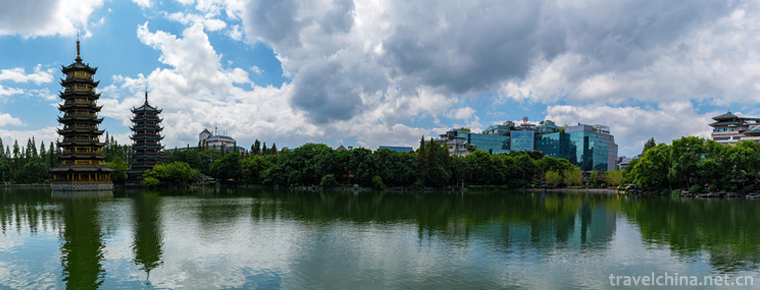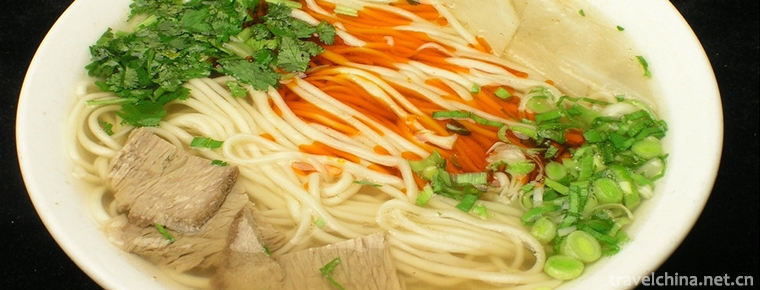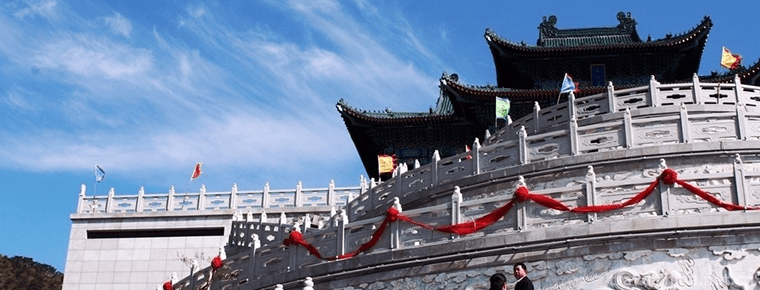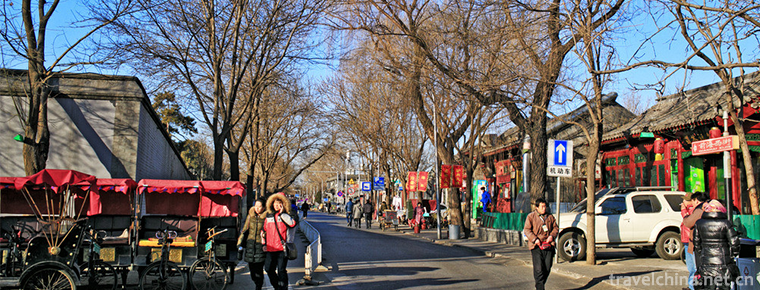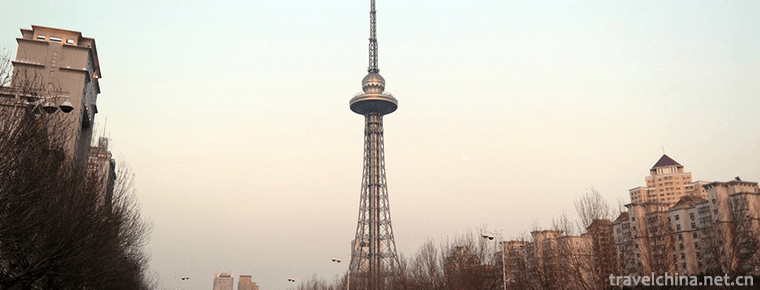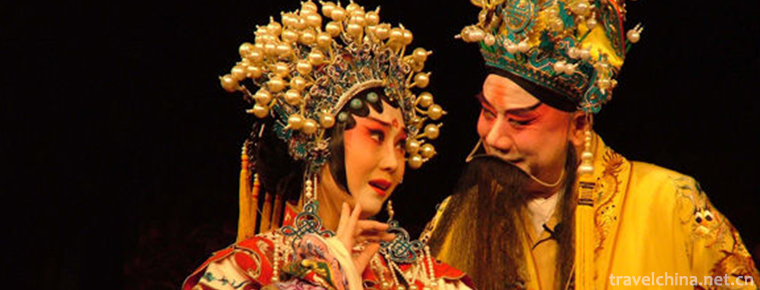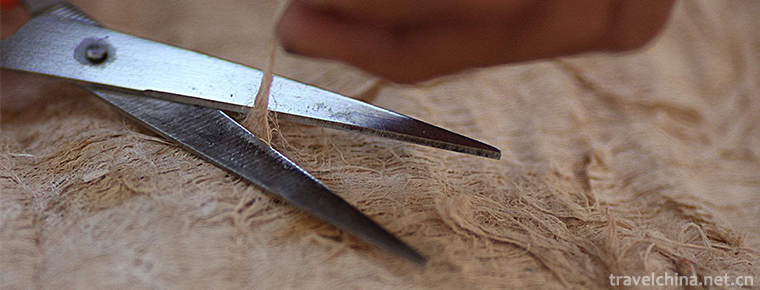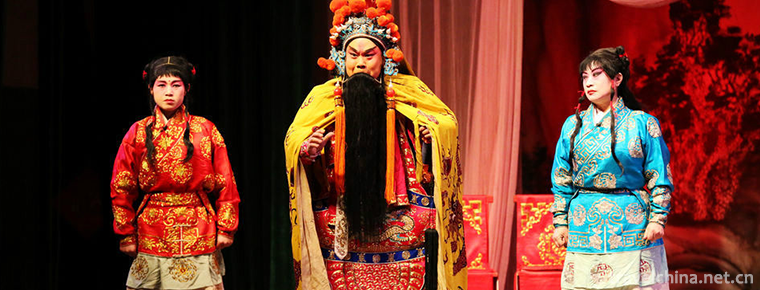Wuhou Tomb Scenic Area
Wuhou Tomb Scenic Area
The Tomb of Marquis Wu is the tomb of Zhuge Liang, a famous statesman and militarist in the Three Kingdoms Period. It is located at the foot of the ancient battlefield of Dingjunshan, four kilometers south of Mianxian County. In 234 AD, Zhuge Liang died of illness in the original army of Wuzhang. The court of Shuhan Dynasty was buried there according to his life.
brief introduction
The Tomb of Marquis Wu is the tomb of Zhuge Liang, a famous statesman and militarist in the Three Kingdoms Period. It is located at the foot of the ancient battlefield of Dingjunshan, four kilometers south of Mianxian County. In 234 AD, Zhuge Liang died of illness in the original army of Wuzhang. The court of Shuhan Dynasty was buried there according to his life.
The tomb is 5 meters high and 60 meters square. It is surrounded by eight diagrams. A tombstone is erected in front of the tomb, inscribed with the tomb of Zhuge Liang Wuhou, and behind it there are "tomb guarding shuanggui". The tomb is 19 meters high and its breast circumference is about 1 meter. The tree crown is covered with shade and the grave is elegant and pleasant. The cemetery covers an area of 23,000 square meters. There are more than 60 ancient buildings, 2 Hangui trees and 22 Hanbo trees. The statue of Zhuge Liang on the shrine in the middle of the hall is solemn and solemn, which makes people awe-inspiring. Bookboys stand around, Zhang Bao under the shrine, and Guan Xing separates on both sides. The tomb behind the palace is 6 meters high and 60 meters long. It is a duel-style Tomb of the Han Dynasty. There are many cultural relics in the temple. There are many tablets and tablets on the tomb. It is also a celebration of the noble festival of Gao Fengliang, or a praise of Zhuge Min's wisdom. On the wall, Danqing paints the story of Zhuge Liang. The Tomb of Marquis Wu is a national key cultural relic protection unit and a famous cultural relic tourist attraction.
Summary
In the middle of the hall, the statue of Zhuge Liang, feather fan, silk scarf and treasure statue are solemn and lifelike. Seals and swords stood on both sides. Xiaguan Xing and Zhang Bao were covered with armor, holding commanding arrows and divine whips. They were magnificent and powerful, guarding people around, making people awe-inspiring.
The Eastern and Western Chambers and the Southern Courtyard Taoist View are large-scale sculpture exhibitions of Zhuge Liang, a generation wise star. They are divided into 30 groups. They once again vividly show Zhuge Liang's political and military feats in his life. The historical materials are abundant and magnificent, ranging from round carvings to reliefs to murals. They are always regarded as a whole. Each scene has its own scenes. The characters are realistic and the scenes are magnificent. It gives people a sense of the Golden Golden Horse and the murder of the heavens.
The grand mound behind the palace is majestic and looks like a duel. It is a bright tomb with a height of 6 meters and a circumference of 60 meters. It is surrounded by white marble fences of the Han Dynasty. There are 35 reliefs on the mound with the story pattern of Zhuge Liang's life. In front of the tomb, there is a four-cornered Pavilion called the former grave pavilion. Gaoqiao Pavilion, surrounded by wooden railings, hangs a plaque of "Shuangguiliufang" in the pavilion, and two tombstones are erected in the pavilion. One is the tombstone of "the Tomb of the prince of Wuhu of Zhuge Liang of Han" erected by Zhao Jianjian, the envoy of Jinling in 1549 A.D. in the Ming Dynasty, and the other is the tombstone of "the Tomb of the prince of Wuhan Zhuge Liang of Wuhan" erected by the prince of Guo in the 13th year of Yongzheng in the Qing Dynasty (A.D. 1735 Tomb East-West direction, head west foot east, take "Yonghuai Xishu, Xingfu Han room" meaning.
Before the temple worship, Hanbo was entwined with vines, the common name of "Xiaohua" is "climbing cypress and Xiaoshu". The leaves are green like toon and the flowers are red like morning glory. They blossom every year from summer to autumn and last for a hundred days. Every flower season, evening, red Ying everywhere. Looking far away, we can see the green cypress, dotted with red flowers, red and green, very beautiful, giving people the feeling of thousands of years old cypress blooming red flowers, is very beautiful. Putting together Xiaohua symbolizes Zhuge Liangxing's rejuvenation of the Han Dynasty and his dedication to serving the country and the people.
Pictures From: http://bbs.fengniao.com/forum/1397239.html
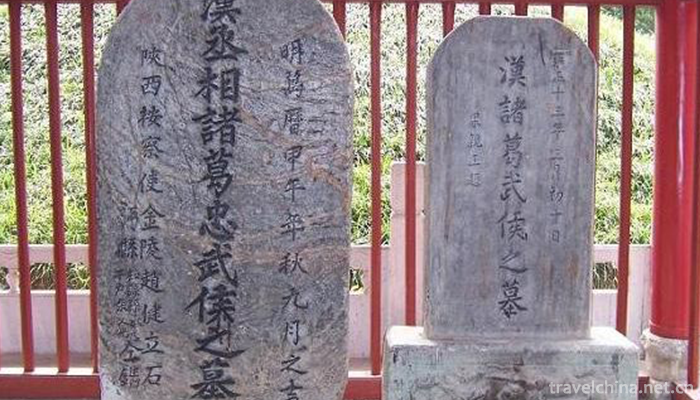

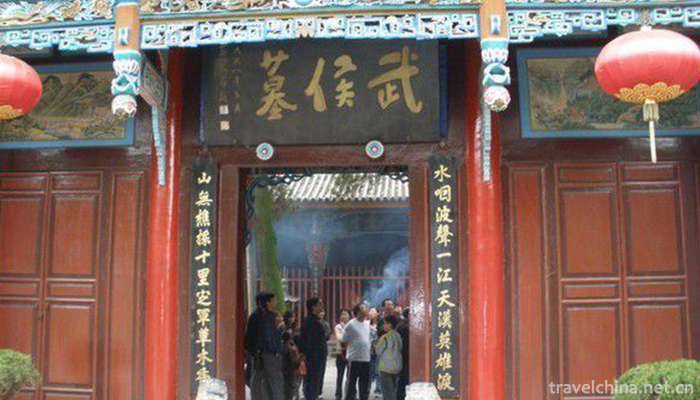
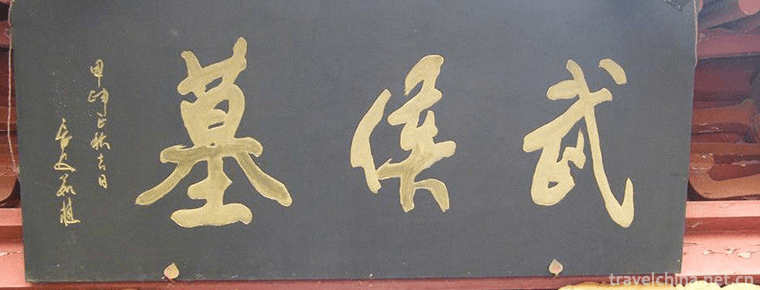
Wuhou Tomb Scenic Area
-
Guilin two rivers and four lakes
Guilin's "two rivers and four lakes" refer to the Lijiang River
Views: 183 Time 2018-10-12 -
Water surface
The water surface is a traditional snack in Shaanxi and Gansu Province. Legend has it that Liu Bang, the ancestor of the Han Dynasty
Views: 515 Time 2018-11-02 -
Xianguding Scenic Spot
Xianguding, located in the south of Huancui District, Weihai City, is only five kilometers away from the city centre. It is the highest peak in the Northwest Mountain of Wangdao, with an elevation of
Views: 142 Time 2018-12-22 -
Guo Moruos Former Residence in Beijing
Guo Moruo's former residence is located at No. 18, Qianhaixi Rim, Xicheng District. Originally a garden in Heling in Qing Dynasty, it became the forage yard and stables of Yixian Mansion of Prince Gon
Views: 373 Time 2019-01-13 -
Dragon Tower
Longta refers to Heilongjiang radio and television tower. It is the landmark building of Harbin. The tower is 336 meters high and is a famous high-steel tower in Asia. On November 8, 2008, the Steel T
Views: 416 Time 2019-02-06 -
Kun Opera
Kunqu Opera, formerly known as "Kunshan Opera" or "Kunqu Opera" for short, is an ancient Chinese opera voice and opera, now also known as "Kunqu Opera". Kunqu Opera is on
Views: 230 Time 2019-05-10 -
Production Techniques of Bark Cloth of Li Nationality
Li bark cloth production technology is based on the bark of plants as raw materials, after beating technology to produce cloth technology.
Views: 121 Time 2019-05-12 -
Shijiazhuang Silk String
Shijiazhuang silk string is also known as string tune, string tune, Hexi tune, small drum tune, Luoluo tune, daughter tune and so on. It is a local traditional drama in Hebei Province and one of the n
Views: 190 Time 2019-06-15 -
Linear cavity
Line-tune opera, also known as Line-score opera, is an ancient traditional opera in Shanxi Province. It first appeared in the Han and Tang Dynasties, and developed greatly. It flourished in the Song D
Views: 169 Time 2019-07-03 -
Notes on Tourism in Ganzi Prefecture
1. Ganzi Prefecture is characterized by Tibetan culture, snow mountain and grassland scenery, with high average sea level. Most people will have altitude reaction when they go to Ganzi Prefecture. To prevent and deal with altitude reaction, please refer to the precautions for altitude reaction.
Views: 87 Time 2020-12-06 -
Neijiang folk culture
Bull lantern dance is popular in Yuexi. One dressed as a shepherd boy and two dressed as cattle with cow shaped props. In the sound of gongs and drums, the shepherd boy first said doggerel to the audience to express the festival's congratulations, and then
Views: 367 Time 2020-12-16 -
Guangan Railway
Guang'an has five passenger railway stations (Guang'an station, Guang'an south station, Yuechi station, Huaying station and wusheng station). Among them, Guang'an station is an important material and passenger distribution center in eastern Sic
Views: 224 Time 2020-12-19
